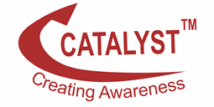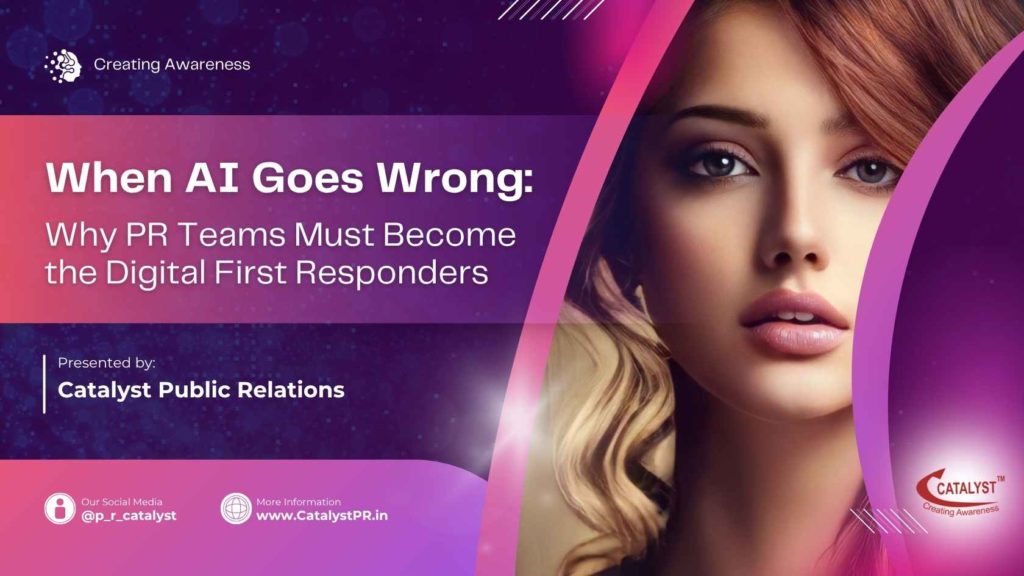Tech news is buzzing: Meta’s lawsuit against CrushAI, the controversial “nudify” app that digitally undresses people without consent, has thrown a spotlight on a dangerous new wave of generative AI misuse in advertising and media.
It’s a wake-up call—not just for tech policy, but for PR and marketing teams everywhere.
🛑 1. AI Backfires Are PR Crises in Disguise
It’s one thing when AI generates clumsy bookshelf photos. It’s another when it crosses ethical lines and strips away privacy. That’s no longer a tech glitch—it’s a full-blown brand crisis—fast.
PR teams must monitor more than just brand mentions. They need to watch how AI tools might misuse logos, images, slogans, or even likenesses. In today’s world, a “harmless” AI innovation can quickly morph into a vehicle for misinformation, manipulation, or reputational harm with your brand’s shadow attached.
🧠 2. Be the First Mover When AI Missteps Hit the Headlines
Meta’s swift legal action sent a loud message: “We’re not sitting this one out.” PR teams must learn from that posture. Don’t wait—own the narrative before it owns you.
Fast, transparent, and compassionate public responses like “We condemn this misuse… We’re investigating…” can help contain damage and signal leadership when it matters most.
🤝 3. Build Ethical AI Guidelines—From the Start
After a scandal, the first question the public asks is: “Did your brand support this?” Don’t be left scrambling.
PR must collaborate with legal, and marketing teams to define clear AI usage guidelines early on.
That means
Transparency messaging (“We only use AI with informed consent”)
Firm boundaries
Publicly stated ethical commitments.
When these are in place, you don’t enter a crisis empty-handed—you arrive with credibility.
🌐 4. Monitor “Brand Shadow” in AI Spaces
Today, people are training e-gods (Midjourney, ChatGPT, etc.) that might pull brand imagery into AI responses sometimes without your awareness or permission. That’s why brands must invest in real-time digital listening tools that flag unusual, unethical, or misleading use of their identity. Catching this early gives you power to clarify: “That’s not us,” before it becomes a social headline.
💬 5. Connect with Trust in the Backlash Era
Meta’s response isn’t just legal—it’s reputational. Consumers today expect brands to stand up for ethics, especially in the age of deepfakes, misinformation, and privacy breaches.
Taking a firm stance on AI misuse isn’t just damage control—it’s brand building. It shows integrity, accountability, and long-view leadership.
✅ Final Thought
AI is no longer just a “tool.” It’s a wild frontier, full of innovation and pitfalls. And in this new landscape, PR teams are the digital first responders.
Prepare early, respond fast. Build ethical guardrails that keep your brand trusted—even when the tech world spins out of control.
Want to strengthen your brand’s AI ethics and crisis communication strategy?
Drop us a message to access templates, training resources, and real-world examples tailored for today’s PR challenges. 🚀


